The Hyundai logo is a symbol that has grown to represent reliability, innovation, and global success. What started as a modest emblem for a South Korean company has transformed into one of the most recognizable logos in the automotive industry.
Today, the sleek “H” enclosed in an oval is instantly associated with quality and forward-thinking design, but its journey to this point is one of evolution and refinement.
Over the decades, Hyundai has updated its logo to reflect its rising status, and shifting from a local manufacturer to a global leader in mobility.
1969-1970
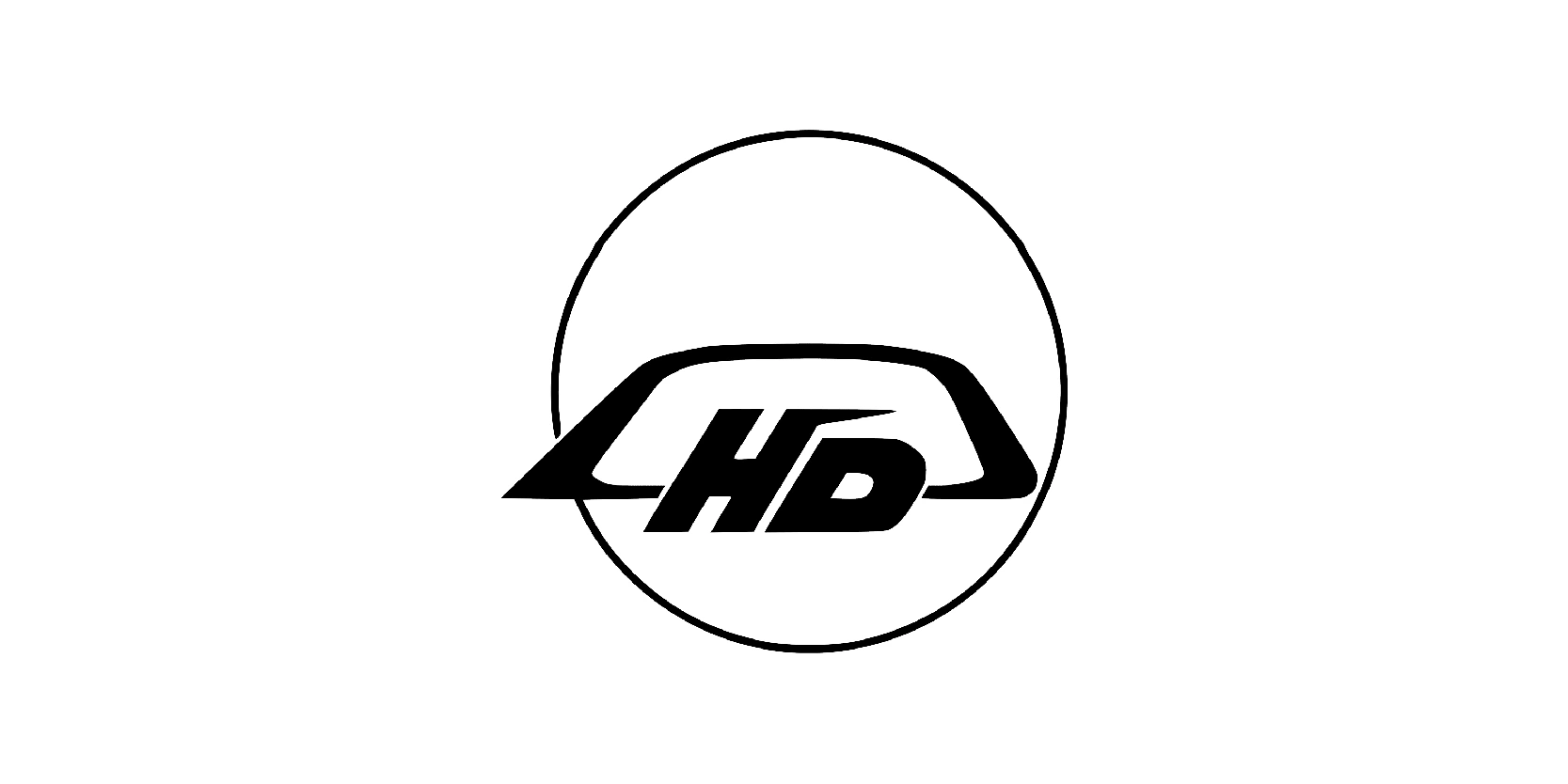
The very first Hyundai logo, introduced in 1969, reflected the company’s early steps as a car manufacturer. It featured a bold, stylized “HD” inside a circular frame, symbolizing the brand’s name “Hyundai” alongside “Development.”
The sharp, angular design of the letters conveyed strength, ambition, and forward movement, aligning with Hyundai’s vision of becoming a driving force in South Korea’s industrial growth. The surrounding circle suggested unity and global aspirations, even at a time when Hyundai was just beginning to enter the automotive industry.
Compared to the sleek and modern logo seen today, this emblem was simple and industrial, yet it carried a sense of determination and progress. While it was only used for a short period, the first Hyundai logo laid the foundation for the company’s identity, representing a brand eager to innovate and make its mark on the world stage.
1970-1978
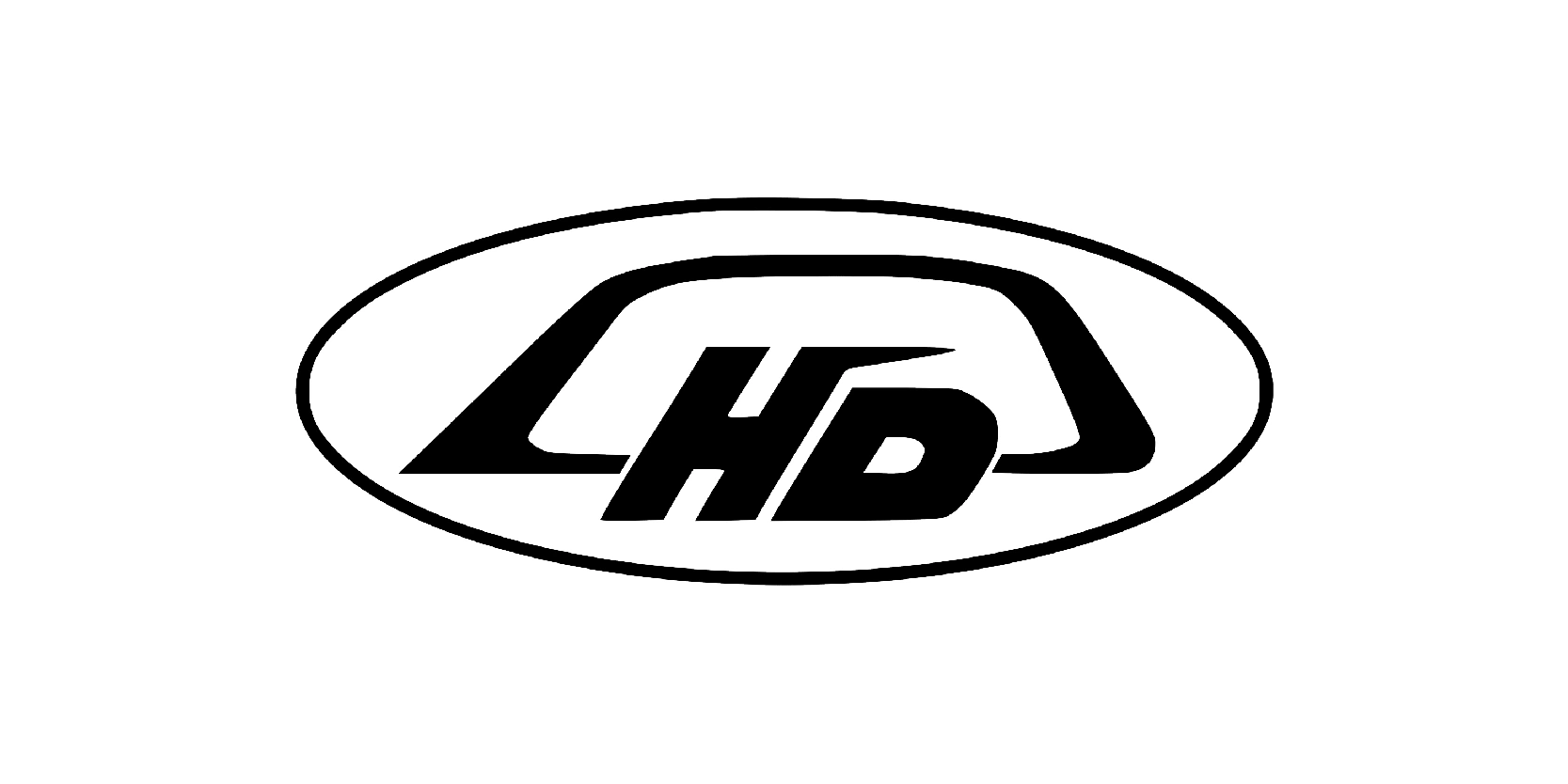
The Hyundai logo introduced in 1970 marked the brand’s first major refinement of its visual identity. While it retained the bold “HD” lettering at the center, the enclosing circle was replaced with an elongated oval, giving the emblem a more streamlined and modern appearance.
This shift suggested speed, progress, and adaptability, aligning with Hyundai’s ambition to evolve into a competitive force in the automotive industry. The stylized “HD” letters, with their sharp angles and forward-slanting design, continued to reflect dynamism and industrial strength.
Compared to the original circular version, this updated logo appeared more balanced and versatile, making it easier to apply across vehicles and marketing materials.
The 1970-1978 emblem symbolized Hyundai’s transition from a newcomer to an emerging brand, representing both stability and a drive toward global recognition. It was a stepping stone toward the more sophisticated logos that followed.
1974-1992
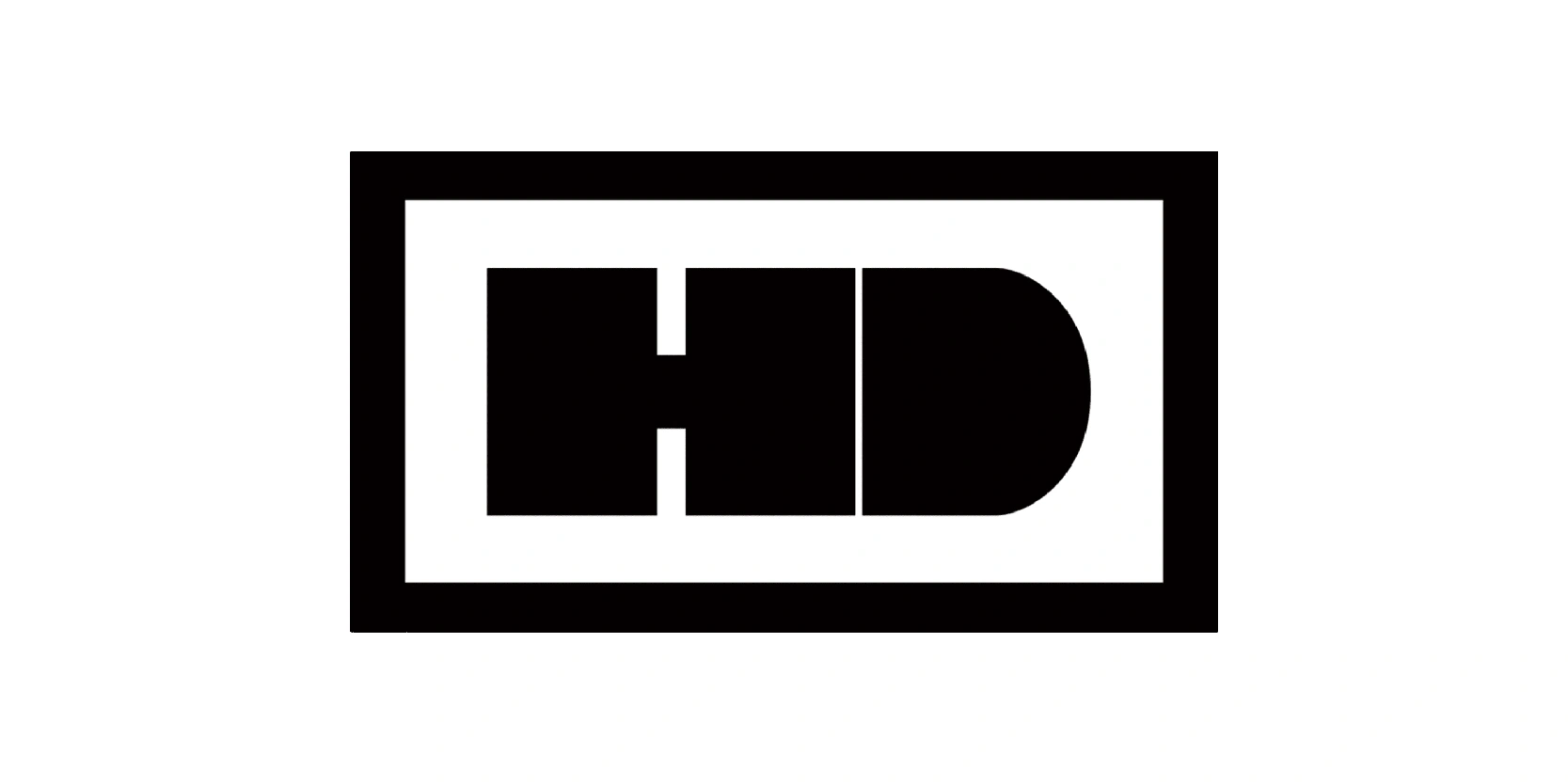
The Hyundai logo introduced in 1974 represented a bold departure from its earlier versions, emphasizing strength and modern industrial aesthetics. The design featured the prominent “HD” initials enclosed within a thick rectangular frame, creating a solid and authoritative appearance.
Unlike the earlier oval and circular logos that suggested motion and flexibility, this emblem focused more on stability, precision, and reliability. The bold, geometric shapes of the letters, with the “H” formed from strong rectangular blocks and the “D” featuring a sharp curve, highlighted Hyundai’s engineering-driven identity during a period of significant growth.
This logo reflected Hyundai's transformation from a regional automaker into an international contender, positioning itself as a company built on durability and trust. Used for over 15 years, the 1974-1992 emblem became a recognizable symbol of Hyundai’s early success and expansion in the global automotive market.
1980-1992
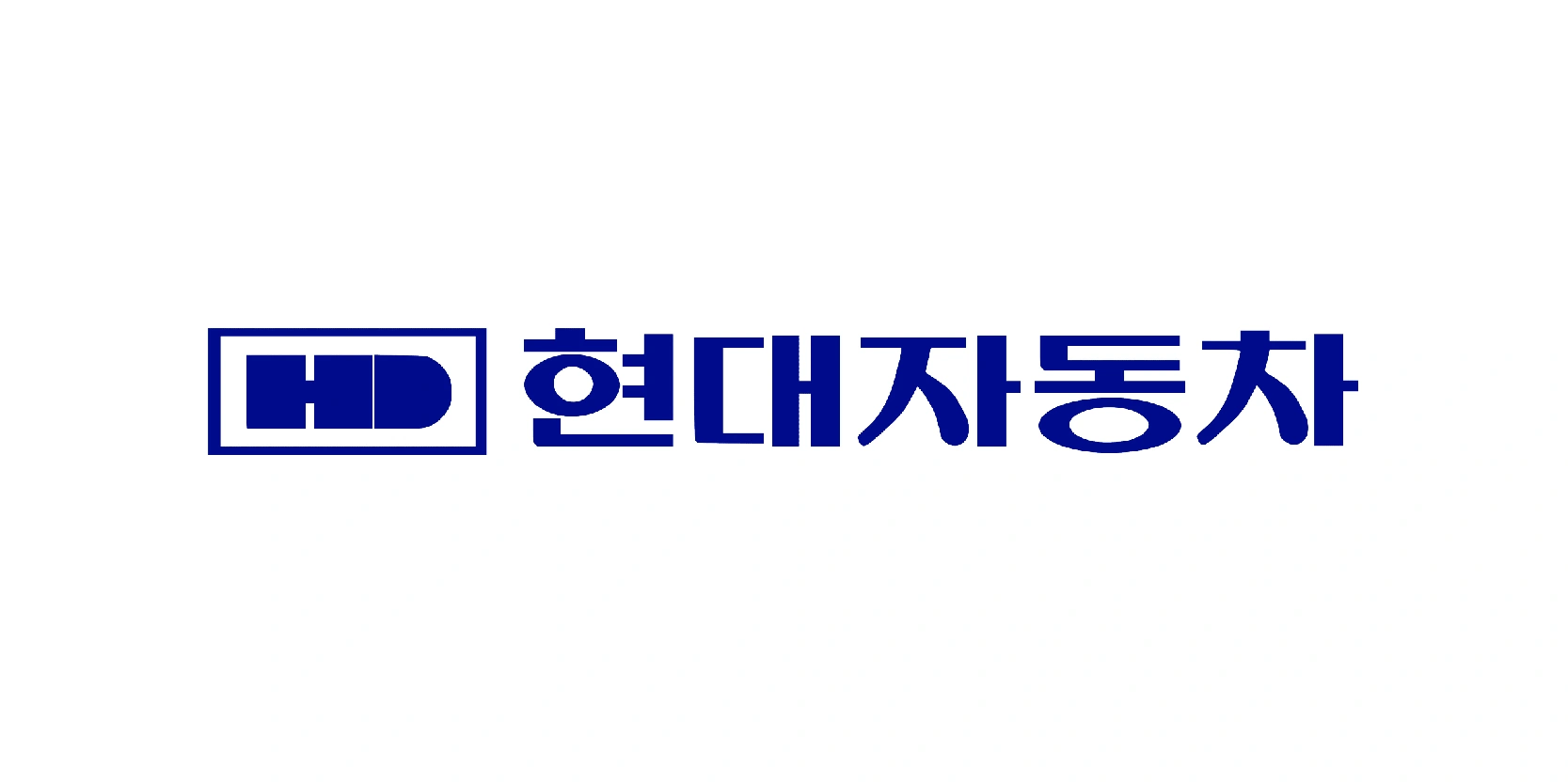
This logo style represents Hyundai’s visual identity from 1980 to 1992, marking an important stage in the company’s growth. The design features the bold abbreviation “HD” inside a rectangular frame, rendered in a solid blue color, which symbolizes stability, trust, and professionalism.
Alongside it, the Korean script, which in English, reads “Hyundai Motor Company” and is displayed in a strong, geometric typeface, reinforcing the brand’s national pride and authenticity. The use of blue gives the logo a sense of reliability and corporate seriousness, aligning with Hyundai’s mission at the time to establish itself as a credible and competitive car manufacturer in global markets.
Unlike later logos that adopted a sleeker, more international look, this version highlights Hyundai’s roots in Korea while beginning to adopt a modern identity. It reflects a period when Hyundai was building recognition not only domestically but also preparing for its expansion abroad.
1990-2003
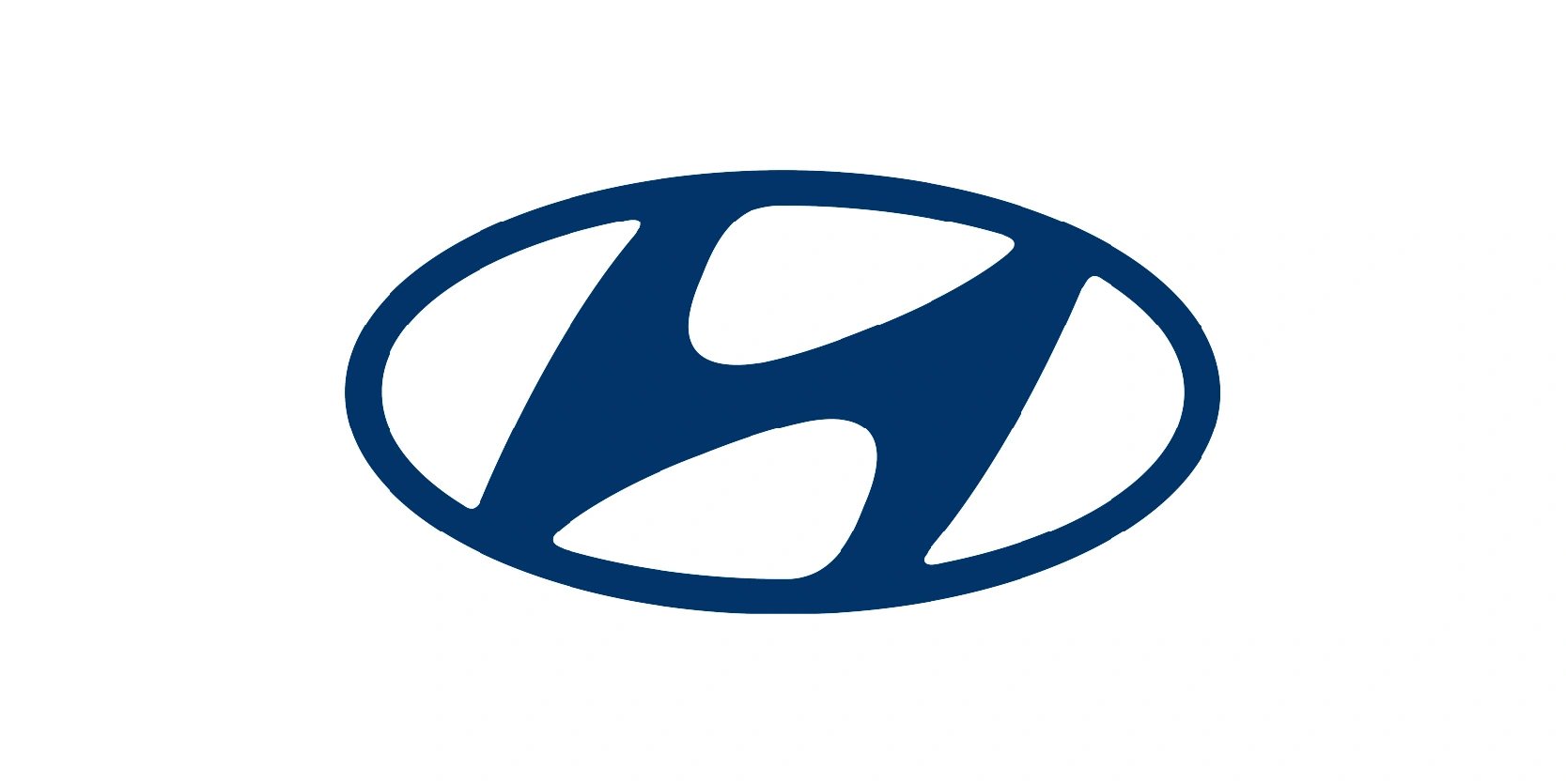
This logo, introduced in 1990 and used until 2003, represents a significant step in Hyundai’s evolution into a global automotive brand. The design features a stylized, italicized “H” enclosed within an oval, executed in a bold blue color. The slanted “H” is more than just a letter, it symbolizes two people shaking hands: the company and its customers, highlighting Hyundai’s commitment to trust, partnership, and satisfaction.
The oval encircling the “H” suggests global expansion and a forward-looking vision, reinforcing the brand’s ambition to move beyond the Korean market and establish itself internationally. The clean, modern look of the logo marked a departure from the earlier, text-heavy versions, embracing simplicity and memorability.
With this emblem, Hyundai began to solidify its identity as a reliable, customer-focused car manufacturer with aspirations for worldwide recognition.
2003-present
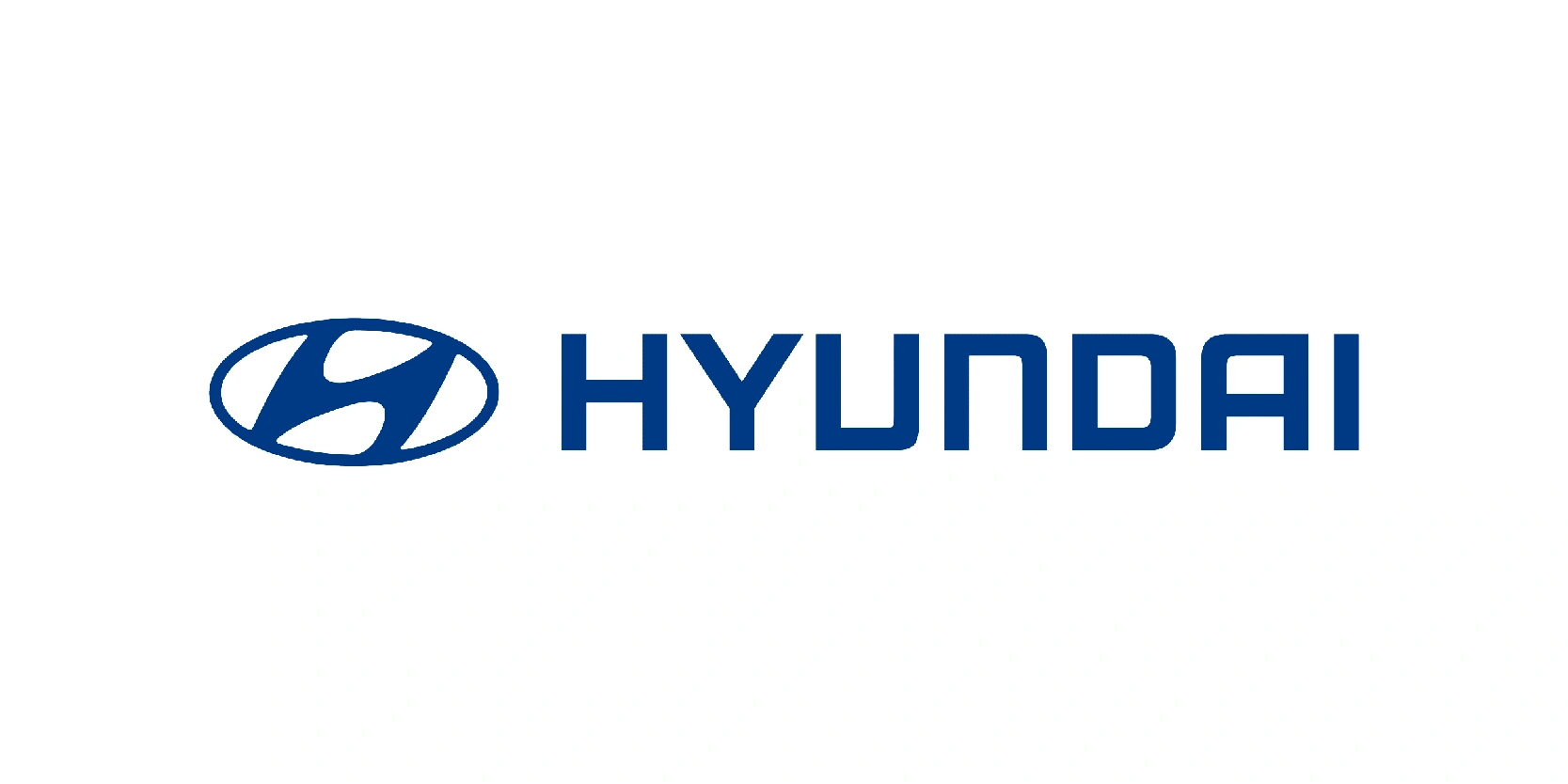
This logo, adopted in 2003 and still in use today, represents Hyundai’s modern and global brand identity. It combines the now-iconic slanted “H” emblem within an oval, alongside the wordmark HYUNDAI in a clean, bold, and geometric sans-serif font. The emblem retains its symbolic meaning of two individuals shaking hands, signifying trust, collaboration, and strong customer relationships, while the oval continues to represent Hyundai’s worldwide presence.
The addition of the wordmark enhances brand recognition and provides clarity for international markets. Rendered in a deep blue, the logo conveys professionalism, reliability, and innovation, values that Hyundai has emphasized during its rapid expansion into one of the world’s leading automakers.
This design balances tradition and modernity, maintaining continuity with earlier logos while presenting a sleeker, more confident identity that aligns with Hyundai’s forward-looking vision and tech advancements.
2011-2017
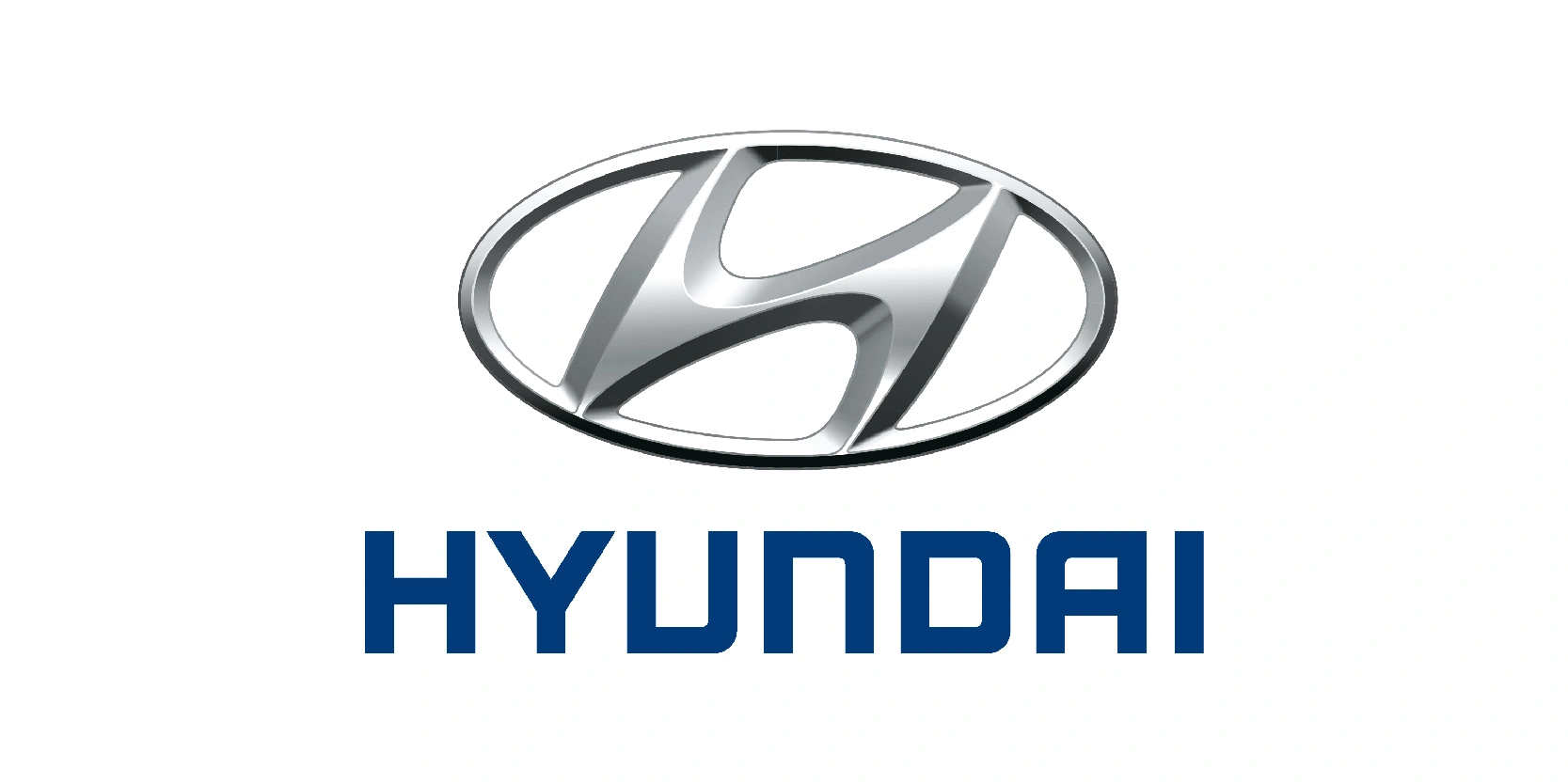
This version of the Hyundai logo, used between 2011 and 2017, modernized the company’s identity with a sleeker and more dynamic look. The core elements remained the same, the stylized slanted “H” inside an oval and the bold HYUNDAI wordmark, but the emblem was refined with a three-dimensional metallic silver effect.
This chrome-like finish gave the logo a premium, high-tech appearance, reflecting Hyundai’s growth as a competitive global automaker. The metallic gradient added depth and sophistication, symbolizing innovation, progress, and advanced engineering. Meanwhile, the blue wordmark maintained its role in conveying trust, stability, and reliability.
This updated design aligned Hyundai with the visual trends of the automotive industry during that era, where 3D and metallic logos were widely used to emphasize quality and modernity. IT represented Hyundai’s ambition to move beyond affordability and establish itself as a brand recognized for style, performance, and innovation.
The only thing was that alongside the main logo that was used in 2003 and onwards, this was used as a second logo and not on every model, but short to say, it only lasted 6 years, but succeeded in keeping up with the logo trends of the 2010s.
2023-present
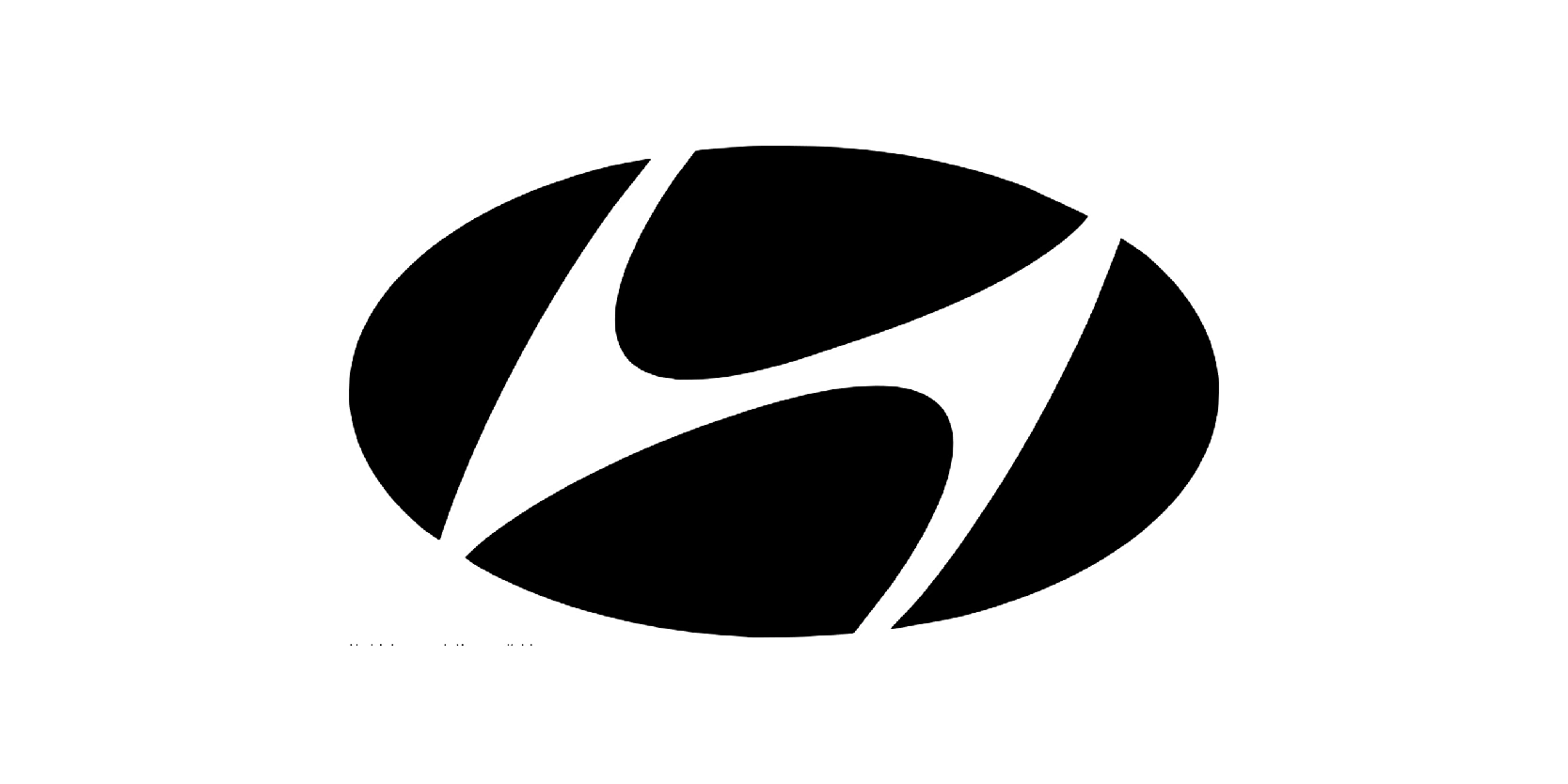
Most recently, Hyundai introduced a new logo, which embraces a minimalist and flat design trend. The emblem retains the instantly recognizable slanted “H” within an oval, but all gradients, 3D metallic effects, and color have been removed.
Instead, the logo is presented in a solid black, creating a bold, timeless, and versatile mark. This shift reflects the broader move within the automotive industry toward simplicity, digital adaptability, and sustainability. The flat design ensures the logo looks clean and consistent across all platforms, from car badges to mobile apps and digital interfaces.
By stripping away embellishments, Hyundai emphasized modernity, confidence, and clarity, aligning with its forward-looking vision of electrification, smart mobility, and global innovation. The refreshed emblem honors the brand’s heritage while adapting seamlessly to a digital-first, eco-conscious era.
Many manufacturers are now starting to promote the same idea, and that is using logos that are in black-and-white, and this is exactly what Hyundai did.
Hyundai’s logo perfectly mirrors the company’s journey
The evolution of the Hyundai logo perfectly mirrors the company’s journey from a regional car manufacturer to a globally recognized automotive leader. Starting with text-heavy Korean scripts in the 1980s, the brand gradually embraced cleaner, more symbolic design that emphasized trust, innovation, and international reach.
The introduction of the iconic slanted “H” became a turning point, representing both human connection and Hyundai’s growing global ambitions. Over time, refinements such as metallic 3D effects and, more recently, a return to minimalist flat design reflect not only design trends but also Hyundai’s commitment to adaptability and forward-thinking values. Today’s logo is bold, simple, and digital-friendly, resonating with modern consumers while honoring the brand’s heritage.
The transformation shows that Hyundai’s identity has evolved in step with its growth, staying relevant while consistently projecting reliability, innovation, and a global vision.
